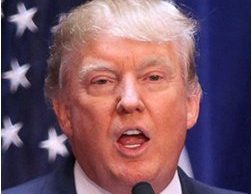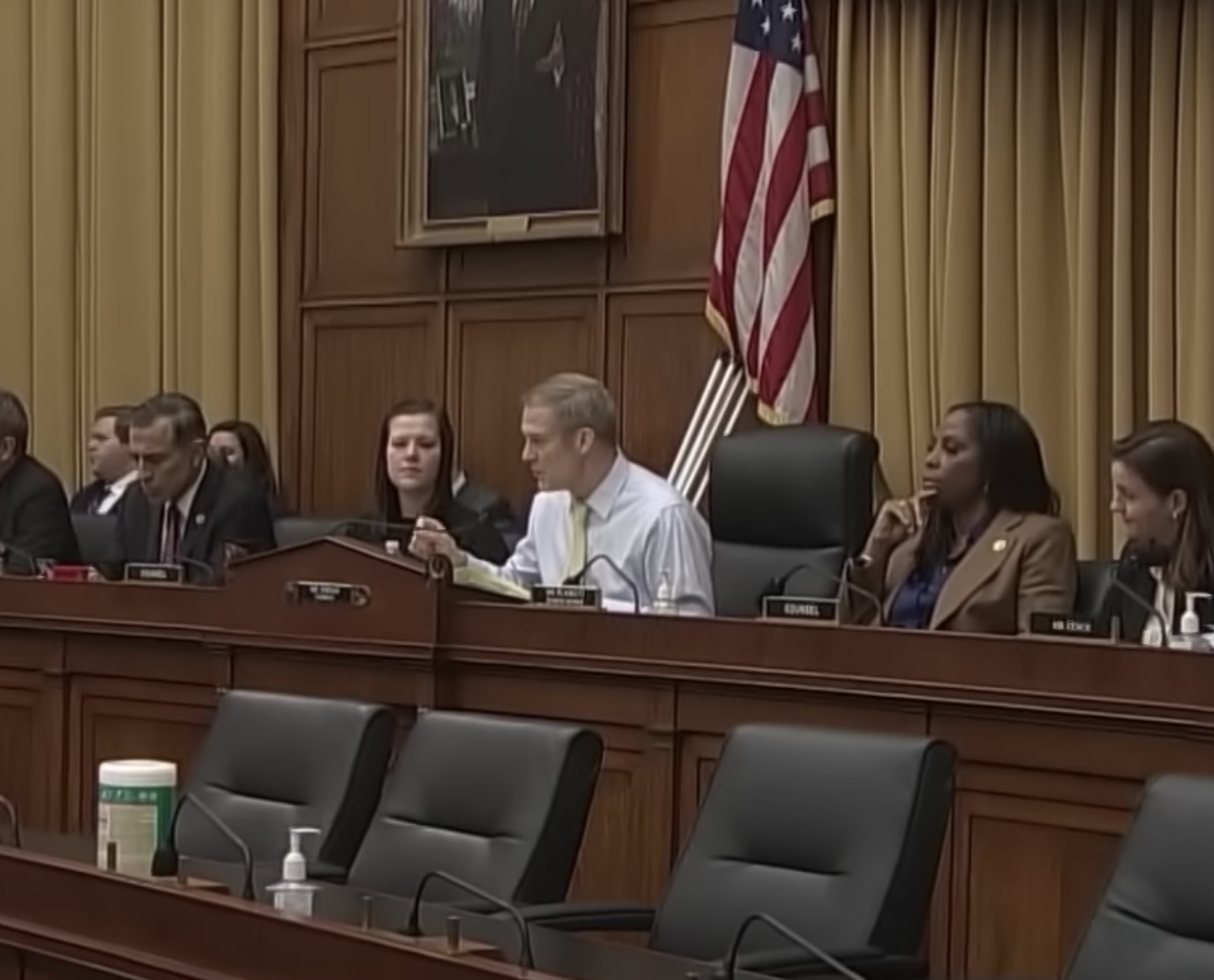In December 2020, I wrote a column about what I believed was a con job. I thought then-President Donald Trump and others were pushing a falsehood that the election was rigged and that Trump actually won. There was no evidence that the election was rigged or stolen and none has been found in the two years since then. It looked like this was a scam to make money like Trump steaks and Trump superhero NFT cards.
Now we are learning from interviews conducted by the Jan. 6 committee that Trump knew he lost and that he was asking about copyrighting the term “rigged election.” Trump solicited donations to challenge in court the election result. Millions of dollars were raised from donations, but only a small portion of the money raised was used in court challenges and none of the about 60 challenges were successful.
Here’s the column I wrote in 2020:
By Greg Stejeskal
During my time in the FBI, I investigated several frauds involving cons or grifts of varying sophistication. One relatively savvy con artist told me the first step is to convince yourself the scam is true. It is easier to sell if on some level you believe it’s real. (I’m guessing it’s easier to convince yourself if you are narcissist.)
The Set Up
President Trump has some history of running cons like Trump University, his former charitable foundation, etc. In effect his whole attack on the presidential election has been a con. Since the beginning of his campaign for reelection, Trump has said the only way he could lose was if the election were rigged.

He elaborated that absentee ballots were inherently fraudulent, although significant fraud hasn’t occuyrred in states where they’re used regularly.
Covid made mail and dropoff voting options prevalent in most states, endorsed by both Republicans and Democrats. But they was embraced more by the Democrats than Republicans at least in part because of Trump’s attacks.
I don’t know if Trump convinced himself that the only way he could lose was if the election were rigged, but he did manage to convince millions of his supporters. Part of the con was that Trump was predictably ahead early in the counting on election day. This was because more Republicans voted in person at the polls than Democrats who used mail balloting. Another factor was that many Republican-controlled legislatures prohibit absentee ballots from being validated or processed until Election Day. That means they’re not counted until well after in-person ballots are tabulated.
As the counting continued into the next few days, it became clear that Trump was losing. Trump even called for the counting to stop in the early morning hours after Election Day. Despite rigorous oversight by both parties and no credible evidence of widespread fraud, Trump railed that there were numerous incidents of shenanigans, but never produced any credible evidence.
Ultimately all the counting was finished, and Joe Biden was declared the winner. By Trump’s own standard it was a landslide, 306-232 electoral votes. Trump’s appointed Attorney General William Barr and FBI Director Christopher Wray reported there was no evidence of significant fraud that would have affected the outcome.
The director of cybersecurity, Christopher Krebs, also a Trump appointee said it was a clean election with no evidence of cyber interference or fraud. (Because Krebs contradicted Trump’s claims, the president fired him. Trump also criticized Barr, leading to his resignation effective next Wednesday.)There is some speculation that Trump is challenging the results at least partly as a fund-raising scheme. Donations are solicited to pay for legal expenses and supporters have given over $200 million so far. Little of the money raised is going for legal challenges to the election. It is going into a “campaign fund” that’s use is indeterminate – a slush fund.
This seems reminiscent of Mel Brooks’ movie and musical, “The Producers,” where Broadway producer Max Blalystock and his accountant figure out that they can make more money on a failed play than a successful one. The intended flop is titled “Springtime for Hitler.” Apparently, Trump has figured out a way to make money on a failed campaign, “Springtime for Trump.”
But Trump’s challenge to the result and refusal to concede his defeat has far more dire consequences. His millions of fervent supporters believe his baseless claims of election fraud and that the election was stolen from him.
This is further exacerbated by many in the leadership of the Republican Party enabling Trump’s con to continue by supporting his claims and over 50 failed legal challenges.
Court challenges reached a crescendo with a lawsuit filed at the U.S. Supreme Court by the Texas Attorney General, Ken Paxton, backed by 17 other Republican attorneys general and 126 Republican members of the House of Representatives. The lawsuit challenged the election procedures of four states — Michigan, Georgia, Pennsylvania nd Wisconsin and asked the court to nullify about 20 million votes. The Supreme Court summarily rejected the suit in a one-page order.

A recent book, “Lincoln On The Verge“ by Ted Widmer, follows Lincoln’s circuitous 13-day train trip from Springfield, Ill., to Washington, D.C., for his inauguration on March 4, 1861. (The Constitution prescribed that inauguration date until it was changed to Jan. 20 by the 20th Amendment in 1933.) I was struck by some of the similarities between that presidential transition and our present one.
Lincoln won with a plurality of only about 40 percent of the vote, but got a majority of electoral votes. The Democratic Party had split into Southern and Northern factions. Stephen Douglas was the Northern candidate and John Breckinridge; the sitting vice president, was the Southern candidate. Southern Democrats vilified Lincoln and when he won, some of states began to secede, starting with South Carolina.
This time, after the Supreme Court on Dec. 11 rejected the Texas suit brought on Trump’s behalf, some of the Texas Republican leadership suggested: “Perhaps law-abiding states should bond together and form a union of states that will abide by the Constitution.” That implies secession, an act of insurrection and this statement has been characterized as seditious. (Sedition is the inciting of an insurrectionary movement tending towards treason.)
Final Act in Election Drama
Last Monday, Electoral College members in each state and cast 306 votes for Biden and 232 for Trump. That will be formally accepted by Congress on Jan. 6 unless challenged by at least one House member of the House and one senator.
A movement is afoot by some Republican members of the House to interfere with Congress’ formal acceptance by objecting to some states’ electoral votes. Vice President Mike Pence will preside. This would probably be a futile effort, and certainly foment more discord and disunity.
When Lincoln made his first inaugural address, he closed with the following:
“We are not enemies, but friends. We must not be enemies. Though passion may have strained it must not break our bonds of affection. The mystic chords of memory stretching from every battlefield and patriot grave to every living heart and hearthstone all over the broad land, will yet swell the chorus of the Union, where again touched, as surely they will be, by the better angels of our nature.”
It was not to be.
Despite Trump’s baseless claims that the election was stolen, he’s the one who’s trying to steal the election by any means from a duly elected Joe Biden. Maybe Trump will come to realize, like the Grinch who tried to steal Christmas, that despite all his efforts to overturn the election, the inauguration of new president will come just as Christmas will.





